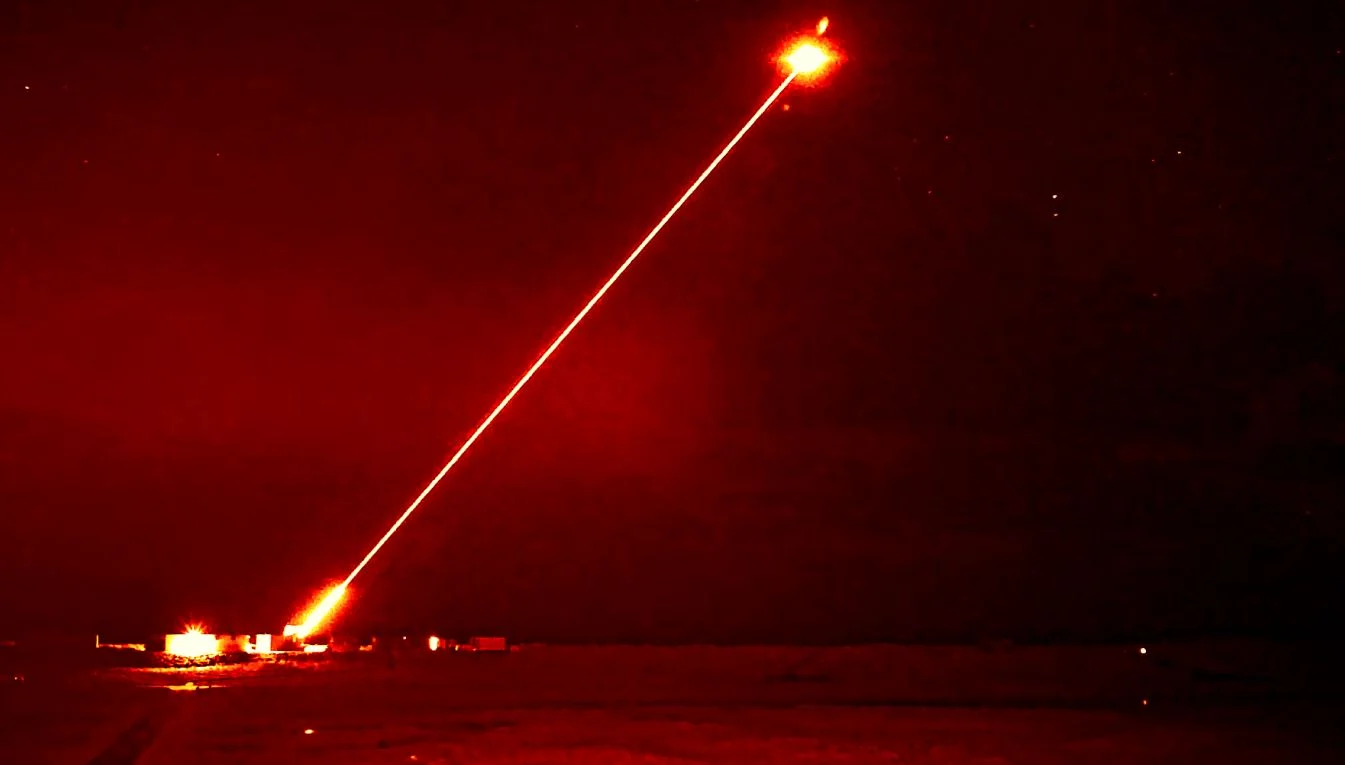La Armada del RUGB, realizó por 1ra vez ensayos exitosos con su Sistema de Armas Láser de Energía Dirigida (LDEW). Como parte del programa DragonFire, la British Navy junto con las empresas MBDA, Leonardo y QinetiQ, ensayaron esta arma láser de gran potencia, capaz de neutralizar amenazas aéreas como drones o misiles de crucero, a varios km de distancia. Con un costo estimado de US$ 13 “por cada blanco neutralizado “, el objetivo es disponer de LDEW instalados en los buques de guerra de esa flota. De esa manera, se mejorará sensiblemente la relación Costo / Efecto, evitando así el empleo de misiles que cuestan millones, para destruir UAS u otras amenazas más rudimentarias y económicas. El conflicto actual en el Mar Rojo, con los ataques de las milicias Houtis sobre buques militares de EUA y RUGB, han reforzado la necesidad de disponer de estas armas en estado operativo en el menor tiempo posible. De todas maneras, se estima que ello será posible recién hacia fines de la presente década.
BELFAST — A high energy laser, estimated to cost less than £10 ($13) a shot, has hit airborne targets at a test range in northwest Scotland, the first time the UK said it has achieved such a firing.
Developed by Britain’s defense innovation unit, the Defence Science and Technology Laboratory (Dstl), and with industry partners Leonardo, MBDA and QinetiQ, the DragonFire laser directed energy weapon (LDEW) trial held at the UK Ministry of Defence (MoD) Hebrides test range, saw the system successfully execute a “high-power firing” that engaged “aerial targets,” according to a DSTL statement published today.
Despite the innovation lab not disclosing which targets were specifically hit during the trials, London’s Times newspaper reported that DragonFire engaged “drones from several positions miles away.” It also claimed Dstl scientists have forecast the weapon could be operational off a Royal Navy ship within five years.
The Dstl statement does confirm an ambition for DragonFire to advance to an operational environment, though no timeline is mentioned.
“Building on this research, the MOD recently announced its intention to fund a multi-million-pound programme to transition the technology from the research environment to the battlefield,” added the innovation lab.
A MoD spokesperson told Breaking Defense that no ship has been selected to host the weapon “at this point of the trials,” but “it’s possible the laser would be in service before the end of the decade.”
Dstl said that the laser has an operating cost “typically less than £10 ($13) per shot” and is designed as a line-of-sight system, with a classified range. As the weapon purportedly also offers “pinpoint accuracy” it could be used in the future to provide the UK with more precise targeting than other weapons, while cutting down on expensive ammunition.
“DragonFire exploits UK technology to be able to deliver a high power laser over long ranges,” added Dstl. “The precision required is equivalent to hitting a £1 coin from a kilometre away.”
The latest trial, builds on previous testing which included a “first static high-power laser firing” by the UK. The £100 million DragonFire program, first launched in 2017, is jointly funded by the MoD and industry. MBDA provide the laser weapon’s command and control and target tracking systems, Leonardo makes the advanced beam director and optics with QinetiQ contributing the precision laser source.
The High cost of naval-based missiles have been on display in the Red Sea recently like when the UK’s HMS Diamond Type 45 destroyer, the USS Eisenhower Carrier Strike Group, US destroyers and F/A-18 Super Hornet fighter jets repelled a barrage of 18 drones, two anti-ship cruise missiles and a single anti-ship ballistic missile, per The Times.
The British destroyer used Sea Viper missiles, estimated to cost more than £1 million ($1.3 million) per unit to hit several of the incoming targets. The relatively cheap costs of drones makes for a huge disparity between conventional weapons destroying swarms, and militaries the world over have been eyeing laser weapons as a way to take on such a role at a fraction of the cost.
LDEW technology projects typically have long research and development phases largely because, from an engineering perspective, sustaining power and beam stability required to stay on a target and destroy it at range, is considered highly difficult. A moving target poses an even greater challenge.
US Navy Rear Adm. Fred Pyle, Director of the Surface Warfare Division or ‘N96’ and responsible for managing the service’s laser technology weapon efforts, said earlier this month that the US Navy and industry should be more “intellectually honest” with one another about capabilities of laser systems, whilst criticising a “tendency to over promise and under deliver.”
He stressed continued invest by the Navy in directed energy capabilities, acknowledging the technical issues at hand, saying, “It requires space, weight, power and cooling, which can be a challenge on our current surface combatants.”
The US looks to be a step ahead of the UK on the road to achieving entry to service with a naval-based high-energy laser as the Navy and Lockheed Martin have partnered to install the manufacturer’s High Energy Laser with Integrated Optical-dazzler and Surveillance (HELIOS) on the guided missile destroyer USS Preble (DDG 88).
Fuente: https://breakingdefense.com


